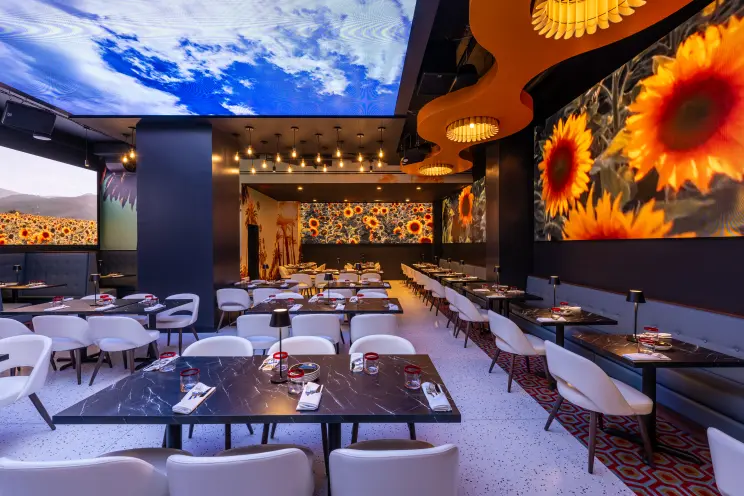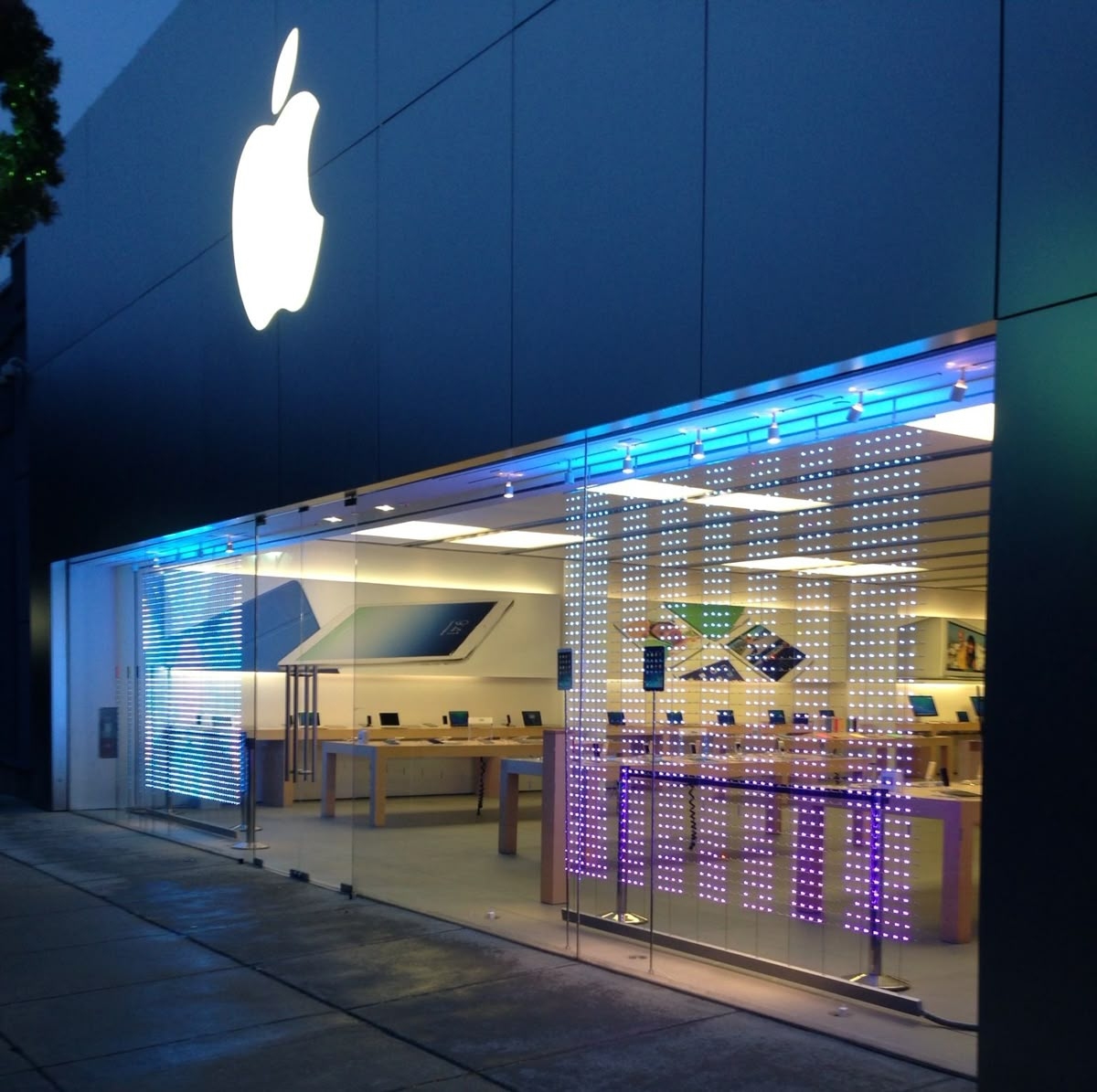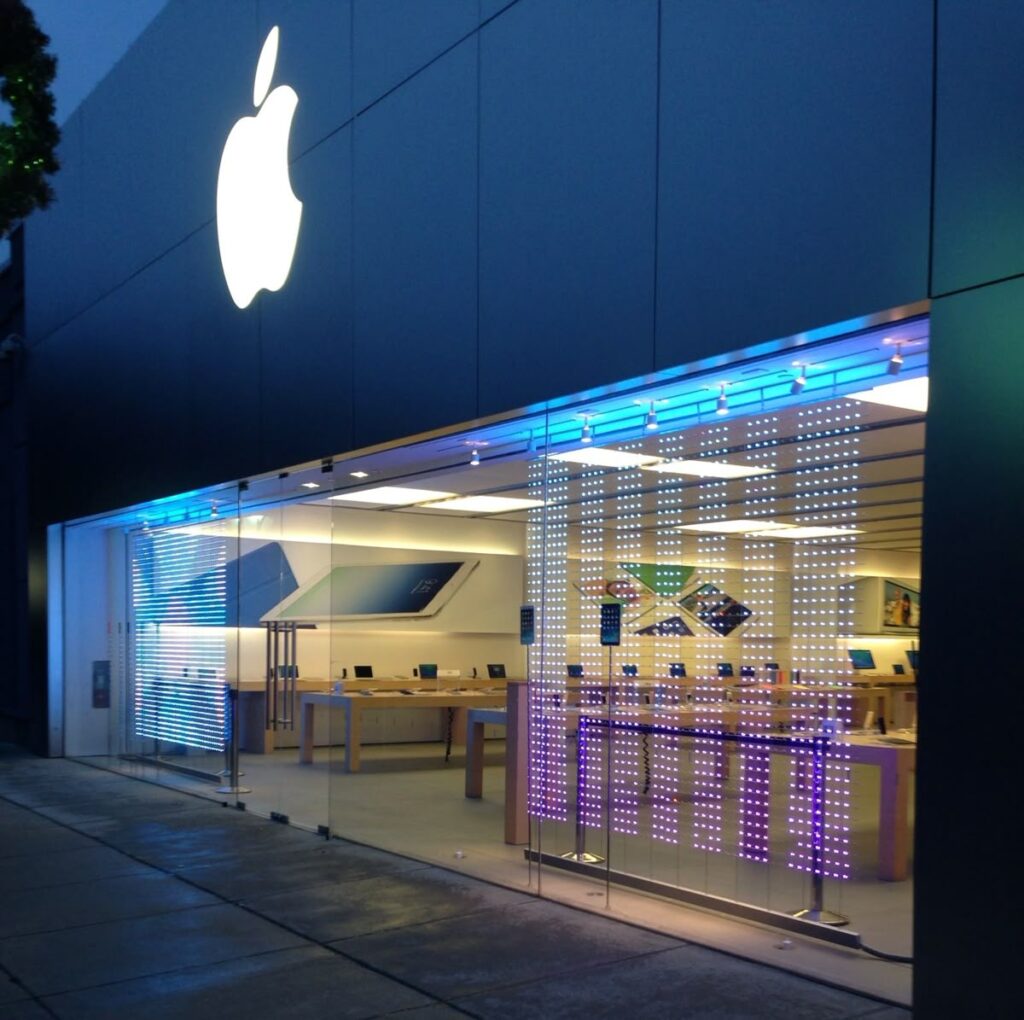

In retail, getting someone to stop and look is half the battle. With online stores just a tap away, physical locations need to work harder—and smarter—to grab attention. That’s where retail window screen technology comes in. It’s not just a trend. It’s a shift in how stores connect with people walking by.
Forget static posters and basic LCDs. Transparent LED screens are now helping retailers turn their windows into something more dynamic—something that makes people stop, watch, and walk in.

The store window has always been prime real estate. But now, it’s more than just a place to hang a sign. Retail window screen technology lets you show video, animation, and real-time updates directly on the glass—without blocking the view inside.
This is key. Shoppers can still see your product displays, but now they’re framed by moving, eye-catching content that actually tells a story. The message is active. The window works harder.
The magic behind retail window screen technology is transparency. These LED screens are designed to be seen through, even while they display high-resolution content. That means your storefront doesn’t feel closed off or cluttered.
They’re also lightweight, customizable, and built to run for hours without overheating or burning out. Whether your store is on a sunny Los Angeles boulevard or inside a dimly lit mall, the brightness adjusts to fit.
But the best part? You can update the content anytime. Run a morning promotion, switch to a weekend sale, or push out a campaign you just launched online—no printing, no waiting.

Yes, major brands are jumping in—think fashion houses, automakers, even tech companies. But smaller retailers are using it too. Cafés, gyms, local boutiques, even galleries are finding that retail window screen technology helps them stay competitive, without overhauling their whole store layout.
In a city like Los Angeles, where design and visibility matter, these screens don’t just help you get noticed—they make your space feel modern and intentional.
People are more likely to walk into a store when something catches their eye. That’s not opinion—it’s backed by numbers. Retailers using retail window screen technology are seeing more foot traffic, higher in-store engagement, and better response to time-sensitive offers.
The flexibility matters. You’re not locked into one message. You can test, change, and adapt depending on time of day, events, or seasons. It puts control back in your hands.

If you’re thinking about adding this to your storefront, finding the right partner makes all the difference. There’s hardware, software, installation, and ongoing content strategy to consider.
At SeeThruDisplay, we specialize in transparent LED installs for retailers across Los Angeles. We don’t just set up the tech—we help make sure it fits the feel of your space and the goals of your brand. Every store is different. Your display should be too.
Another thing to consider: digital displays mean less waste. No more tossing printed signs or rushing to get last-minute vinyls made. And because retail window screen technology uses efficient LED systems, power consumption stays low—especially compared to traditional video walls or lighting setups.
You also get to use natural light during the day. The screen doesn’t block it, which keeps your store feeling open and welcoming.
Retail isn’t just about what’s inside the store anymore—it’s about what people see before they walk in. Retail window screen technology turns your front window into a digital touchpoint that keeps working, even when the store is closed.
It’s fast to update, easy to manage, and effective at getting attention in a way static signage just can’t match.
Bottom line:
If you’re looking for a way to make your storefront stand out and actually pull people in, retail window screen technology is worth a serious look. It’s modern, flexible, and built for the way people shop today. And in a market like L.A., standing still isn’t really an option.